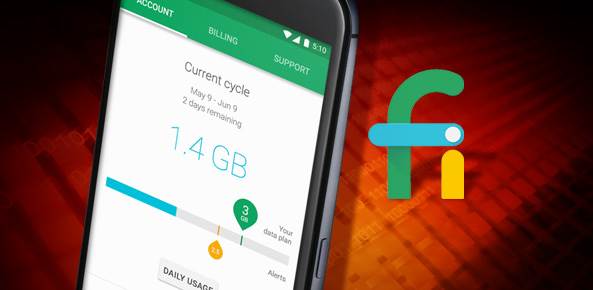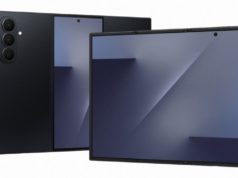Google Adds U.S. Cellular’s Network to Its Project Fi Mobile Service
U.S. Cellular offers service in 23 states with 4G LTE coverage for more than 99 percent of its subscribers in both urban and rural areas, Project Fi project manager Evan Jacobs said in a blog post announcing the news. The addition of the U.S. Cellular network is meant to provide customers with more coverage and greater speed, especially in areas underserved by wireless providers.
Good Move for Customers
Google started Project Fi last year and made it available to all users in March. Plans for the service start at $ 20 per month, plus extra costs per gigabyte of data used. Users are not required to sign contracts to receive the service.
Project Fi uses Google’s own mobile network as well as those of other wireless network companies. Project Fi phones switch between T-Mobile, Sprint, and Wi-Fi networks to find the connection that is strongest at any given moment. The service is currently restricted to a handful of Nexus phones and phablets co-developed by Google and Motorola Mobile.
The addition of U.S. Cellular is a worthwhile move for Google and its mobile customers, Brian Haven, senior research analyst with IDC’s mobility team, told us today.
“Overlaying the U.S. Cellular network on top of their existing Sprint/T-Mobile map probably won’t make a major difference in terms of additional coverage area,” noted Haven. “However, because of the way Project Fi evaluates available networks to provide the strongest possible signal, they now have an additional fourth option — in addition to Sprint, T-Mobile and Wi-Fi — when performing that analysis.”
Another Provider Helps
This partnership can help drive the wholesale revenue for U.S. Cellular, “which is important given the fact that they operate on a much smaller scale than the Big 4 [providers], Haven said.
Bringing a third carrier into Project Fi is helpful, Google said. That’s because even though most Project Fi usage occurs in areas where more than one of its partners offers coverage under the LTE wireless standard, things like obstructions from nearby buildings can hamper the speed and coverage available from each connection, according to Google.
By analyzing speeds from each network, Google said Project Fi is able to predict the fastest network at the user’s location, down to the city block, and automatically connect them. The tech giant added that it is always weighing how different factors affect its speeds, including newly available radio frequencies and new cell towers. Support for the U.S. Cellular network will roll out to consumers in the next several weeks.







